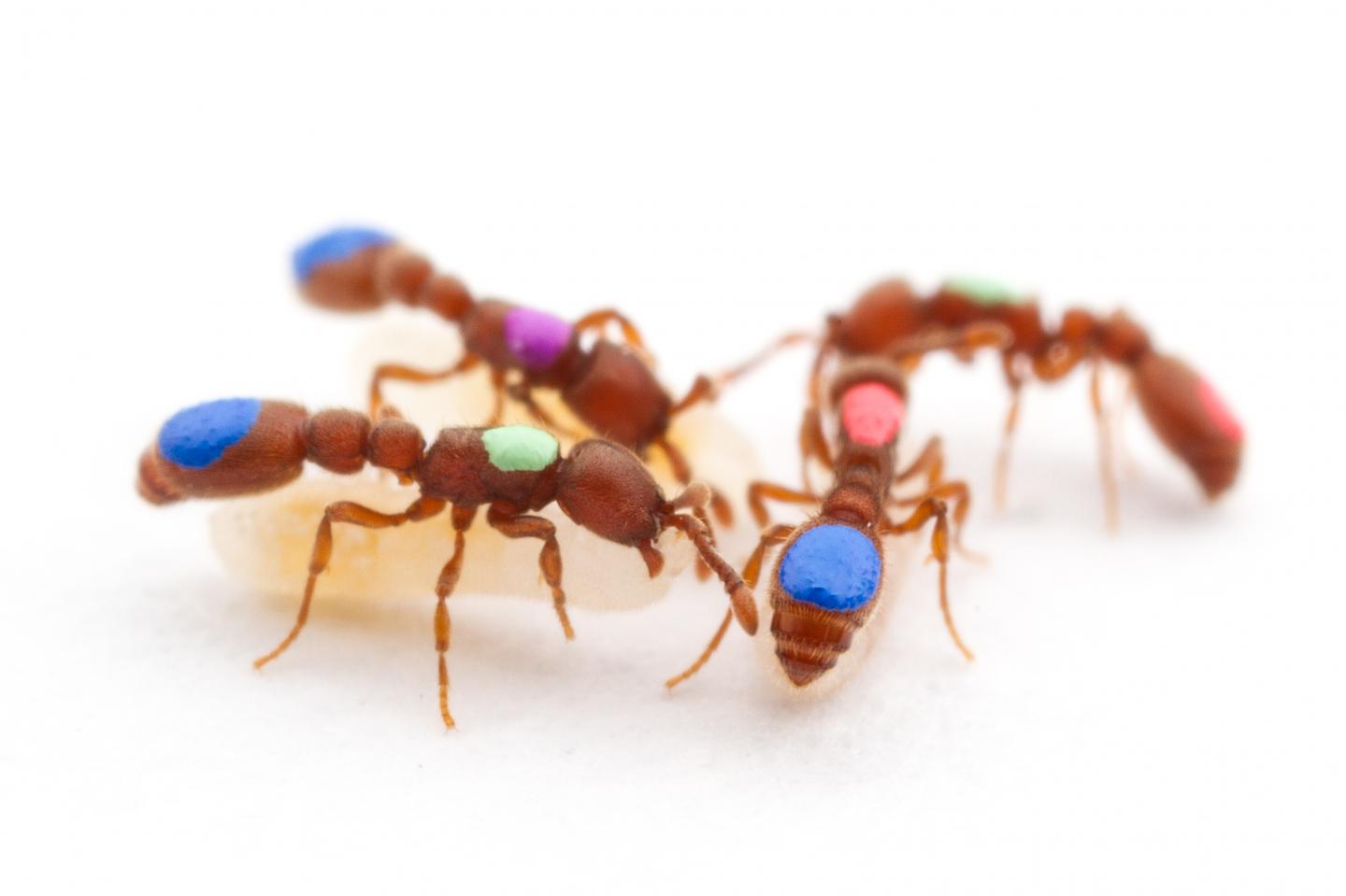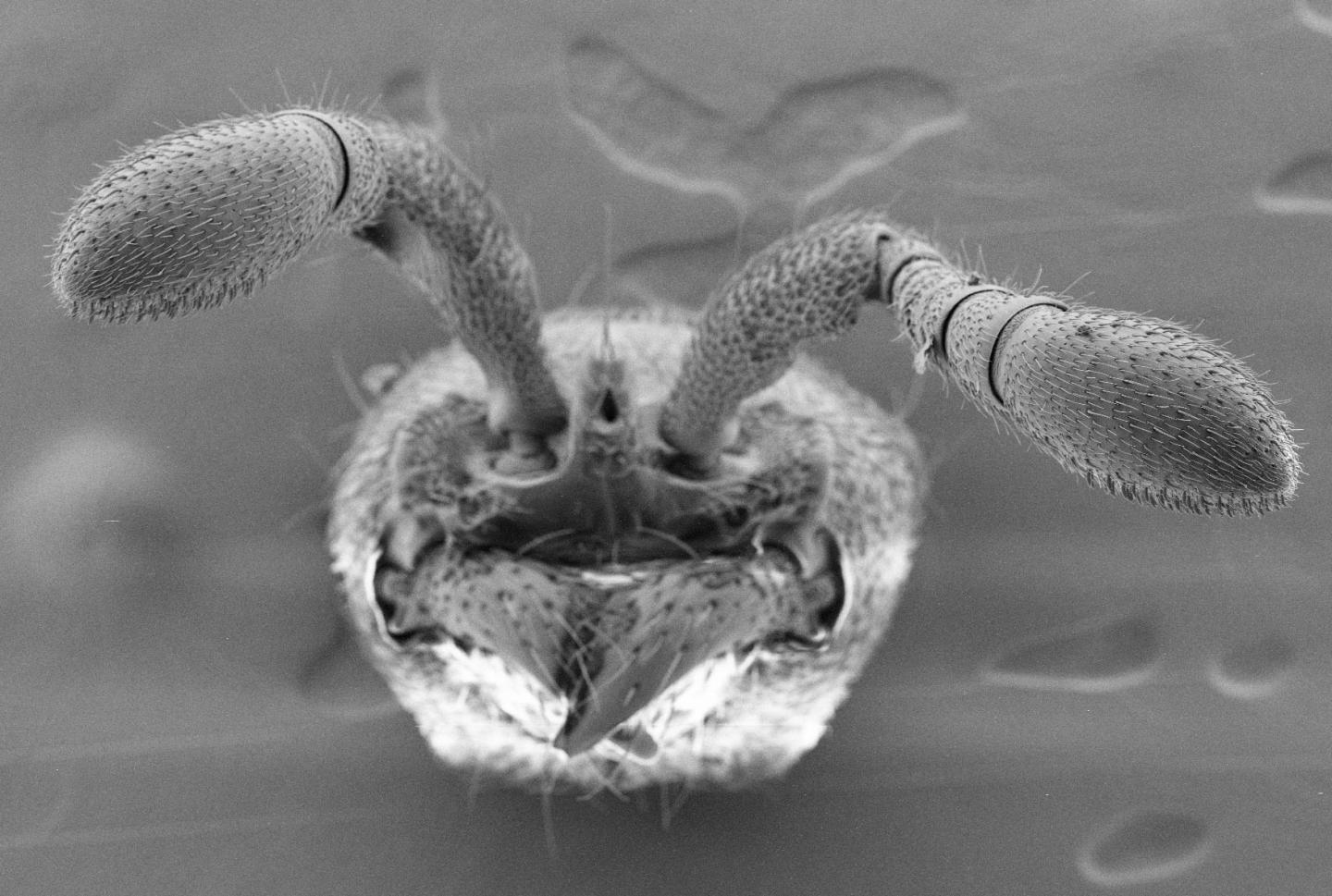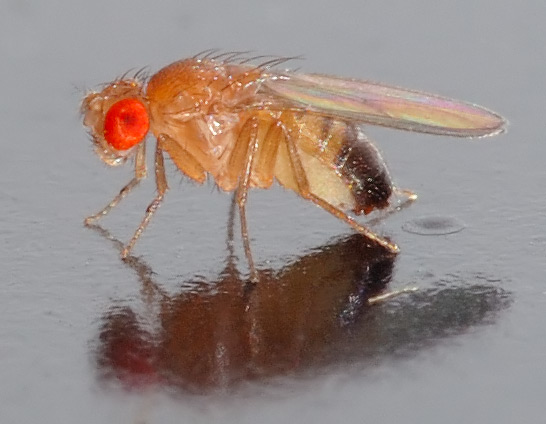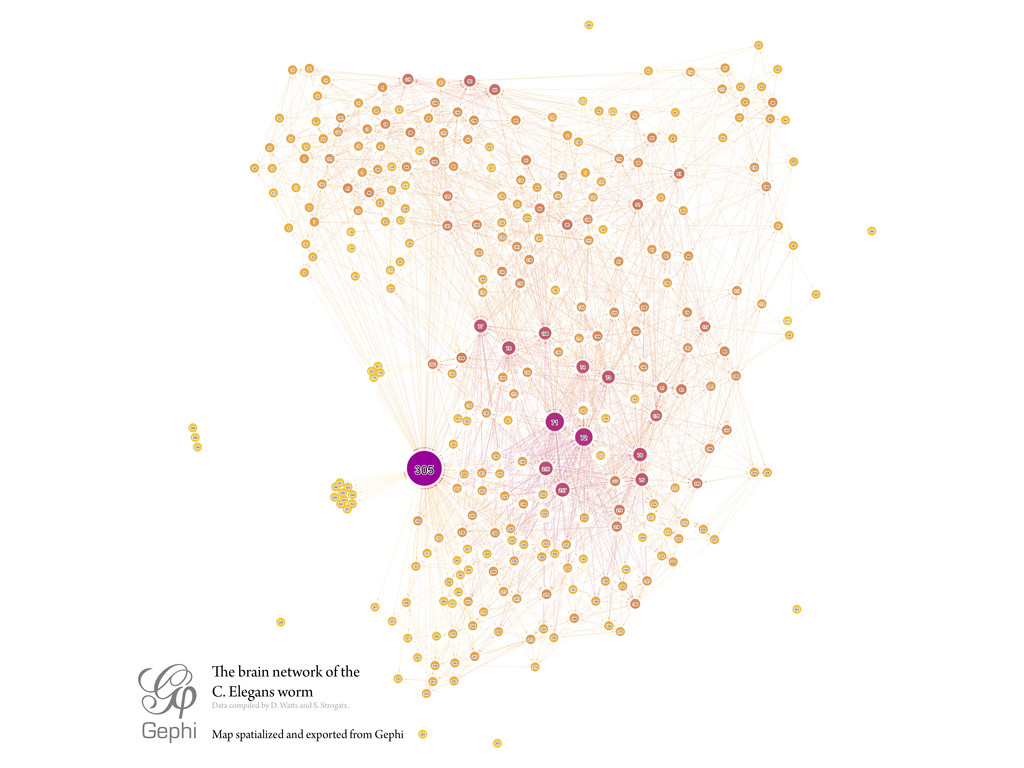T3 Science Hit: CRISPR ants, fruit fly brains and origami microbots
Scientists delete ant genes, map insect brain wiring and develop a cell-catching micro Pac-Man


T3's Laura Mears reports in on the most interesting science stories of the week. For this edition of T3 Science Hit we find out how scientists can now delete ant genes, map insect brain wiring and develop a cell-catching micro Pac-Man.
Ants have their genes edited

Researchers at Rockefeller University and New York University have used CRISPR gene editing to genetically modify ants for the first time. The first team modified clonal raider ants whilst the second edited Indian jumping ants, turning both species into mutants lacking a gene called orco.
For a quick overview of CRISPR tech, check out the video below.
The orco gene is crucial for the production of odourant receptors, which sit on the ants' antennae and allow them to detect pheromones. Knocking it out takes down all 350 receptors and, without them, the ants stopped working together and just meandered off on their own.
"If you're interested in studying social behaviors and their genetic basis, ants are a good system. Now, we can knock out any gene that we think will influence social behavior and see its effects."
Daniel Kronauer, Rockefeller University
These two ant species were picked because of their weird biology. Clonal raider ants don't have queens, and reproduce by pathogenesis, essentially cloning themselves, making it easy for the mutations to spread through the colony. And Indian jumping ant workers can become pseudoqueens - weirdly known as 'gamergates' - allowing gene edits to be passed down.
With the orco gene missing, they weren't able to use smell to communicate and the part of their brains responsible for detecting smell failed to develop properly.
And that's just the beginning. Armed with CRISPR tech, scientists can now use the same technique to silence other ant genes to find out what they do.
Get all the latest news, reviews, deals and buying guides on gorgeous tech, home and active products from the T3 experts
Fruit fly larvae have their brain wiring mapped

Sticking with the insect theme, an international team of scientists from the US, the UK and Germany have mapped the wiring of part of a fruit fly larva brain.
These tiny critters have around 10,000 nerve cells, and scientists working across 8 research institutes have managed to figure out the circuitry that connects 1,600 of them.
Given that each cell can make dozens of connections to its neighbours, that's no mean feat. So far, the only organism that's had its brain fully mapped is C. elegans; a lab worm with 302 neurones joined at 7,000 nodes known as synapses.

In the latest study, the scientists looked at structures in the brain called the mushroom bodies, which look after learning and memory. To work out how it was wired, they imaged it one slice at a time using an electron microscope and then traced the neurones through each picture, following their paths from one image to the next.
Plotting the wiring of 1,600 neurones in a maggot might not sound that exciting, but it's a is a stepping stone towards the ultimate goal of mapping the whole human connectome - the wiring that joins up our 86 billion brain cells.
Pac-Man microbots capture cells
We recently talked about the real-world science of Transformers; self-assembling robots that can twist, fold and remodel like their sci-fi counterparts. This week, researchers in North Carolina announced that they have made some more.
"Microbot origami", as they are known, are tiny cubes that assemble into strings and shapes controlled by a magnetic field.
Their design is based on biological molecules called proteins, which are made from long strings of individual blocks that curl up to make dynamic 3D structures. Their overall shape is determined by the chemistry of each block; some to be attracted to their neighbours, others are repelled, and as the environment around them changes, the shape can shift.
For these bots, biological chemistry has been replaced with magnets to a create mobile, microscopic Pac-Man capable of catching and moving living cells (see the video above). Each cube has one magnetic side, and the team can be controlled with a magnetic field.
In the future, the developers hope they'll be able to move on their own.
"Tiny particles in the shape of cubes can attach together in sequences where they face in different directions to make, for example, clusters that behave like a tiny Pac-Man: You can open them by applying a magnetic field and then let them close by turning the magnetic field off."
Orlin Velev, NC State University
